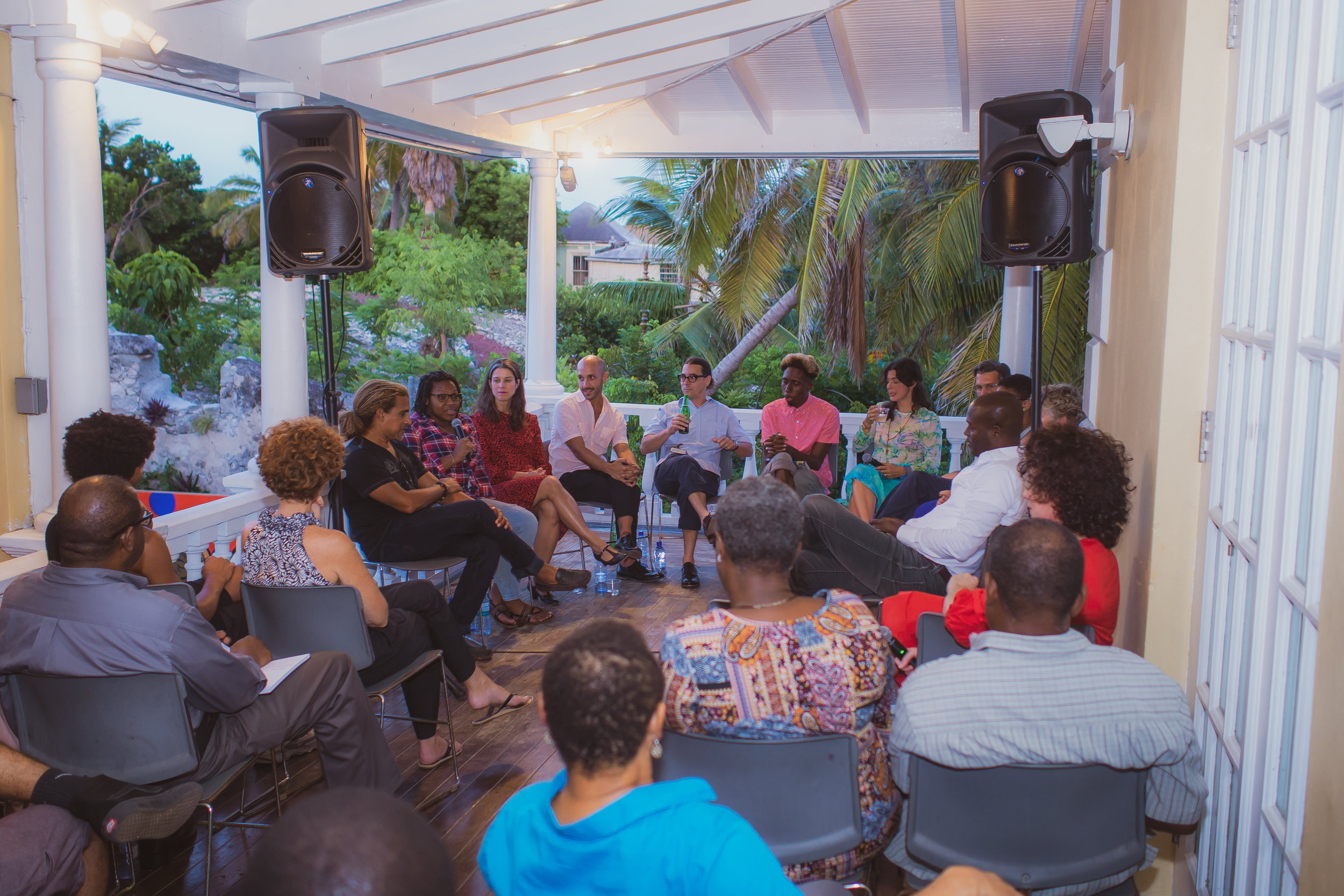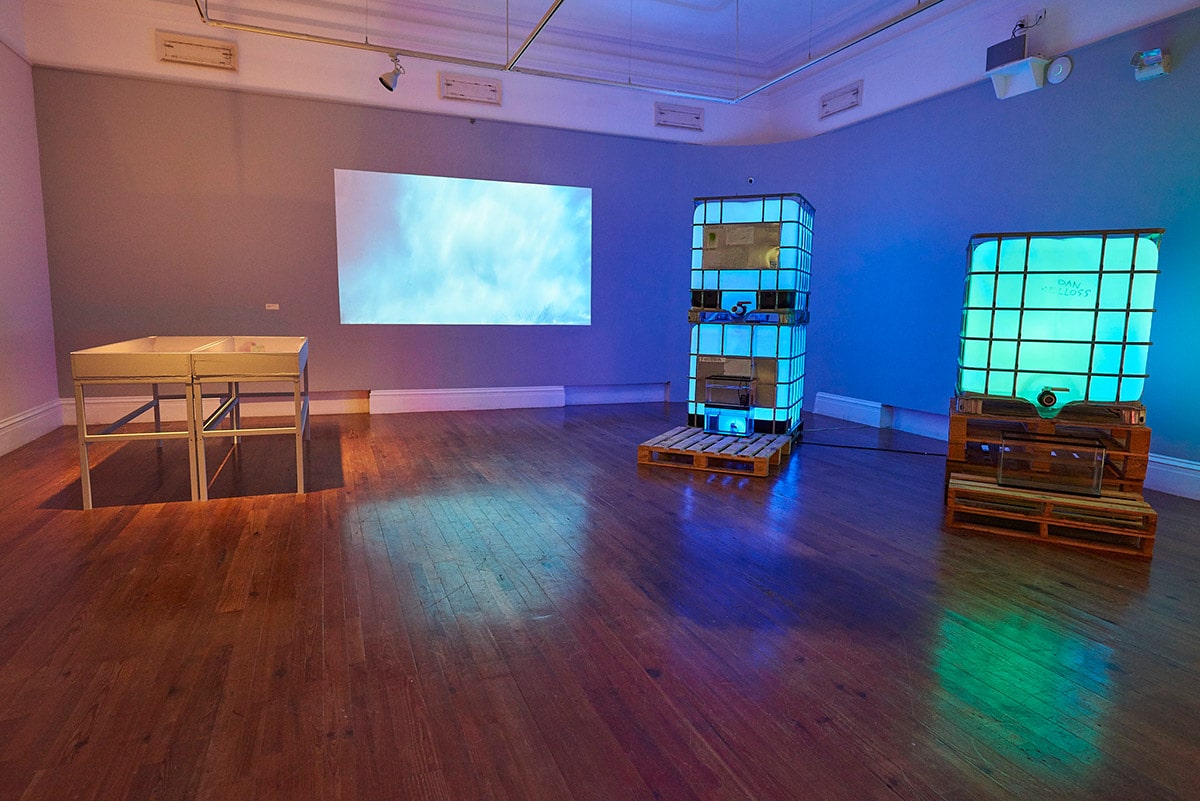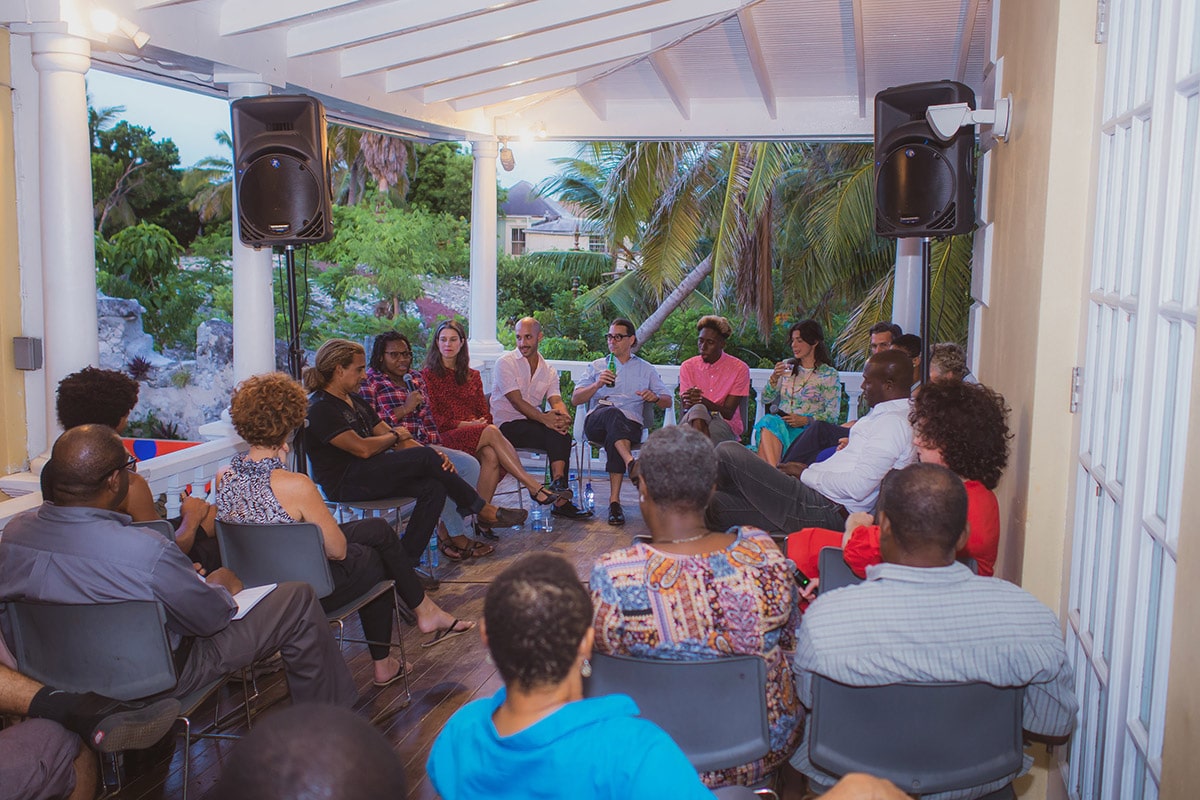
By Dr Ian Bethell-Bennett
The University of The Bahamas
Caribbean peoples have cultural links and subterranean rhizomes–a mass of roots– that connect the region to a larger reality. This is also articulated by Cuban poets and theorists like Nicolas Guillen and Antonio Benítez-Rojo. The ethnomusicologist and anthropologist Fernando Ortiz argues about transculturation and harmonious combined with deeply conflicting existences. We often flatten culture out into its artistic expression, removing any life from it; putting it in a museum and extracting its marrow. We thereby tend to fossilise and remove understanding of culture and its unique link to the place, time and people. So, Guillen, Ortiz and Glissant came up with understandings of culture that transcend limited material understanding. We also remove the multiplicity of experiences and histories from culture because so much of history and culture is limited to the official version as told by the coloniser.
In the Bahamian context, this is further complicated by the Caribbean cultural reality of the archipelagic nation that is deeply nuanced by location in the Atlantic, but still profoundly Caribbean because of socio-cultural, political, economic and historical confluences. The Southern Bahamas will be culturally distinct from the Northern Bahamas because of its geography, the former being drier arider, the latter being more populated with pine forests with freshwater lenses and less cactus. Family habitations were and still are very distinct.

Install shot of works in Double Dutch that look at Ragged Island as a space of infinite positive possibilities. Image by Dante Carrer.
It is useful to draw on these thinkers from the broader region because they articulate the kind of work we undertake as we map the passage of time on Ragged Island. The objective is to demonstrate the cultural loss and identity erasure being achieved through the quiet withdrawal of resources from islands of the archipelago.
Ragged Island, given its southwestern geographic positioning in the Bahamian archipelago, stands out from the other islands because it is (almost) closer to Haiti and Cuba than it is to the northern islands. On Ragged Island, notwithstanding heat that settles like a blanket over a bed, people thrive. Tragically, erasure of this unique identity/reality is real. The erasure feared is often omitted from official stories that see these countries, islands, lands as empty spaces suitable for occupation, built to be consumed.
Before the fifteenth century these were lands of dragons and seas monsters, now these are potential spots where green gentrification can take over from climate change disasters and global warming nightmares as sea levels rise across our sand and rocky shores. Stories that exist beyond history are insightful and intensely lived, and interviews provide ethnographic and anthropological data, and sometimes these are overwritten by politics.
Our day/hours on Ragged Island reveal such trauma as is geographically present from the beginning of the 16th century as European expansionism took root and purportedly erased those who were here before. However, the colour and race-blind version of history today is a dangerous land where no good can grow because it flattens all into a receptive culture of nothing-was-here-before, and we all get along well. While on Ragged, homes struggle to remain on this island of sand, salt and stone, surrounded by fishing waters and a deep-sea trove of treasure that is often sequestered away from national wealth before the making of The Bahamas in its current identity politics of Blackness that denies so many Bahamian voices.

Double Dutch Artists Talk being held at the NAGB with members from Plastico Fantastico and Expo 2020 on August 23rd, 2018. Image by Jackson Petit and courtesy of the NAGB.
Beware of those who come with gifts of open hands and placating words as their tongues are forked and sling poison from the side unseen. We have seen this in Barbuda and Puerto Rico. Our histories and geographies are linked, but we do not speak of these links. Our politics today allows Ragged Island almost to seem as if it were unique, unlike any other place in this region, in this world. The lessons of recent storms and green gentrification, climate change and sea level rise from the Atlantic to the Pacific, can speak to the reality of cultural disconnection, cultural displacement and cultural erasure.
Ragged Island, profoundly transcultural and also deeply rooted and steeped in a history of slavery, exploitation and geopolitics is poised as the next place quietly erased from the Bahamian map place where climate change means cultural doom. Countless reports of land grabbing in hot water are beginning to surface, though regional governments deny them, these so-called tales are of old fools married to Gaulins, but today the Gaulin wives, to use stories from Patricia Glinton-Meicholas and other Bahamian lore, have come in new disguises. The same liberators of independence fame are offering up little snippets of the country, of those places where no one lives, except our souls. We must be careful of our stories falling into deep craters of forgetting. The Gaulin Wife, much like La Jablesse is a part of our story is overwritten.
Ragged Island has stories of salt mining and deepwater exploration. They have a passage that connects them to the southern countries of Haiti and Cuba. They boast deep and well-defined harbours, lovely coves and fabulous waters. These, though we may not be aware of it, are not common among Caribbean islands/countries. These are enviable, and envy leads to many deeds. The geographic richness of Ragged Island is only absent from the Bahamian discussion. As our Nassau-centrism deepens, despite worsening overcrowding that results in urban sprawl and shantytown realities, we seem happy to deracinate all our out islanders of their island homes and cultures. The slow privatisation of space and services means that soon it will be impossible for normal Bahamians who earn normal Bahamian salaries to live in their ancestral homes. Government is slowly withdrawing from their role as providing infrastructure for the country to unregulated partnership agreements and private contracts and management or spatial ownership in place since colonial times, much like the West India and East India Companies, or Royal Dutch Shell, where licenses are held tight to chests and control is grabbed from young countries before they become aware.
The islands of the Bahamas are a scene from a movie, soon to be shot without those rhizomatic connections. These links deep and wide, scarred and mapped on physical bodies are being expunged in favour of independent islands owned by corporations and companies, governed by the market where people live at the pleasure of a private person whose benevolence is expected but not always given. The paternalistic government has given way to deeply compromised citizenship, cronyism and clannish mappings that allow spaces to be carved up and parcelled out much like during the royal days of colonial rule.
Mailboats act like veins and arteries in a deeply divided nation, the centre is divided from its parts, though dependent on them to form a national identity. This vehicle brings and carries the essentials to and fro as it links every part to the whole. The whole though shows that there is no real connectivity.
In order to go from Salina Point to Ragged Island, one must possess one’s vessel or return to the congested centre where leakage and loss become troubling parts of life as plague-filled veins block the free flow of life. Once upon a time, Ragged Islanders and others in the Southern Bahamas understood this, and rather than doing business with the small town of Nassau, they looked further afield yet closer to home. The politics and language of nationalism have tried to cleave these rhizomatic roots.